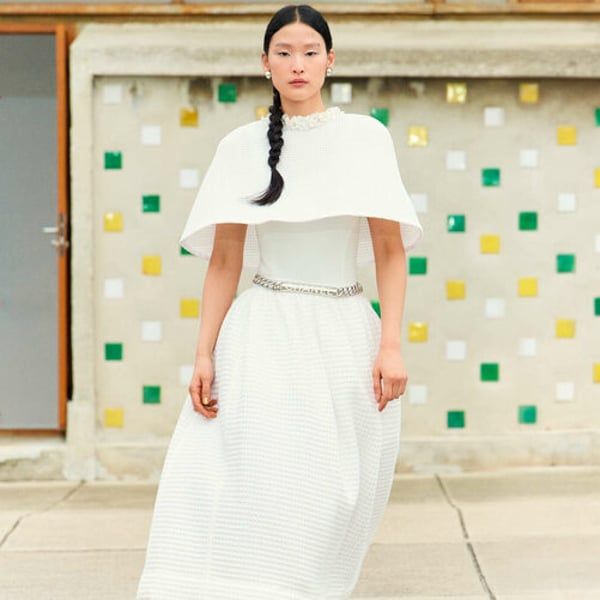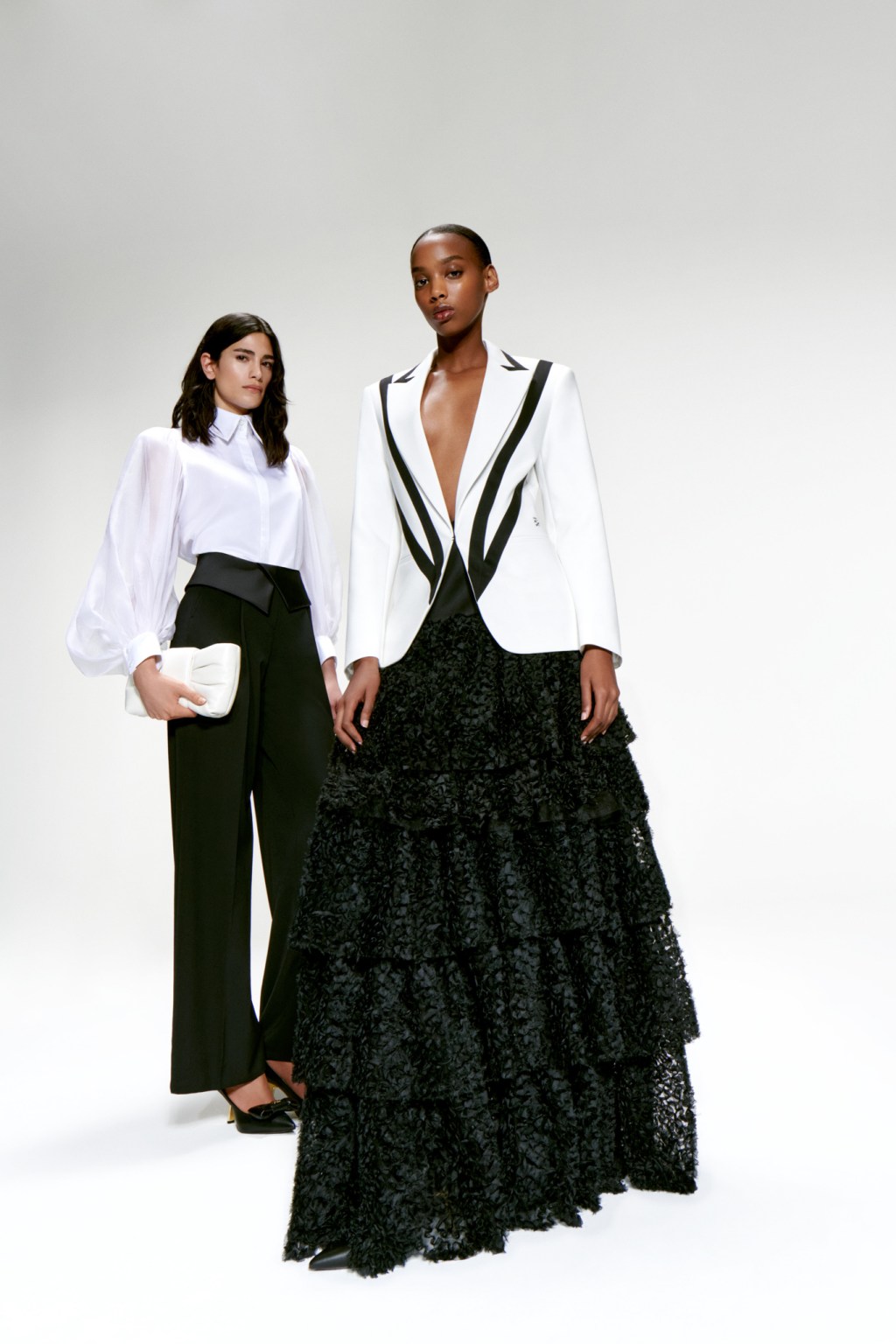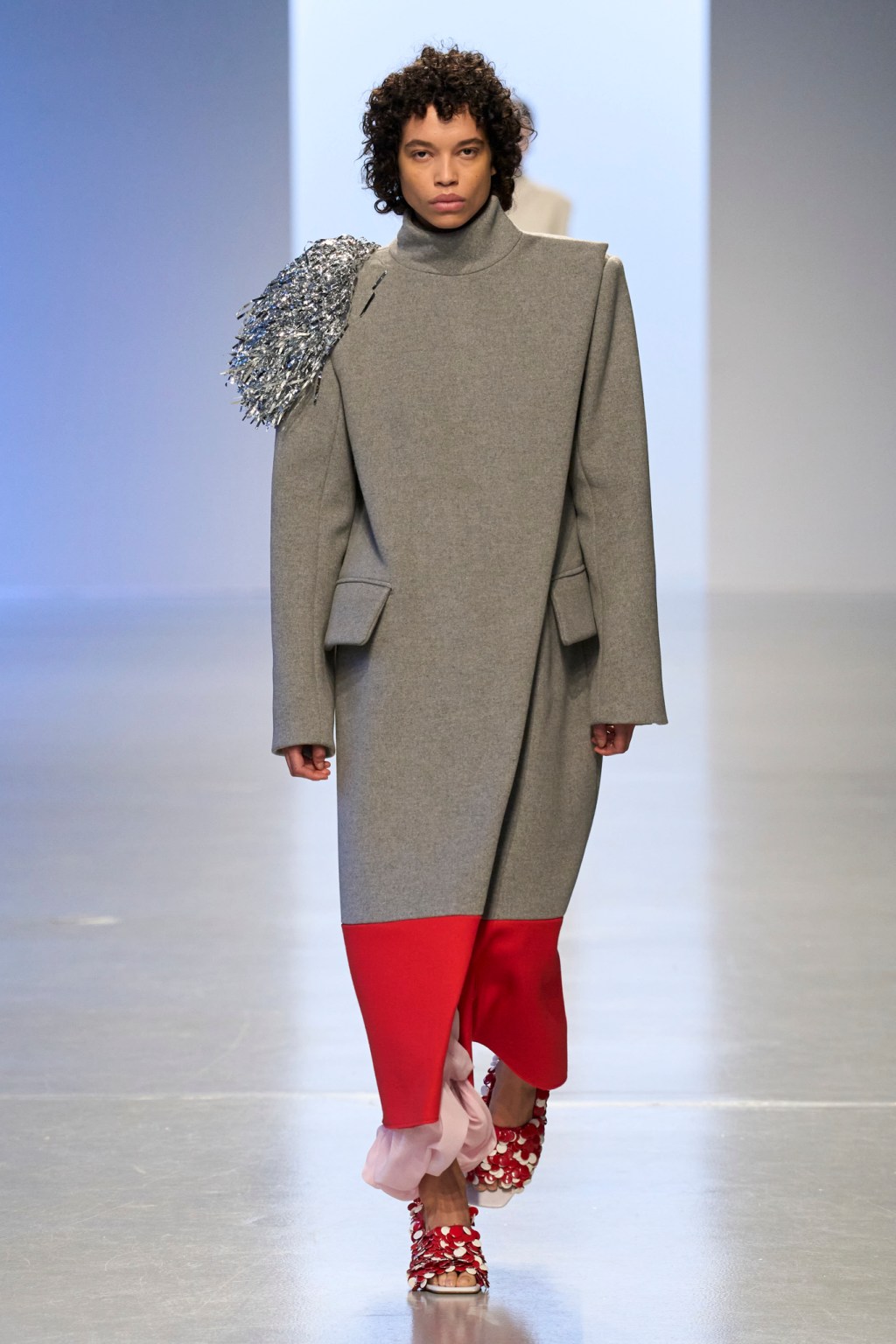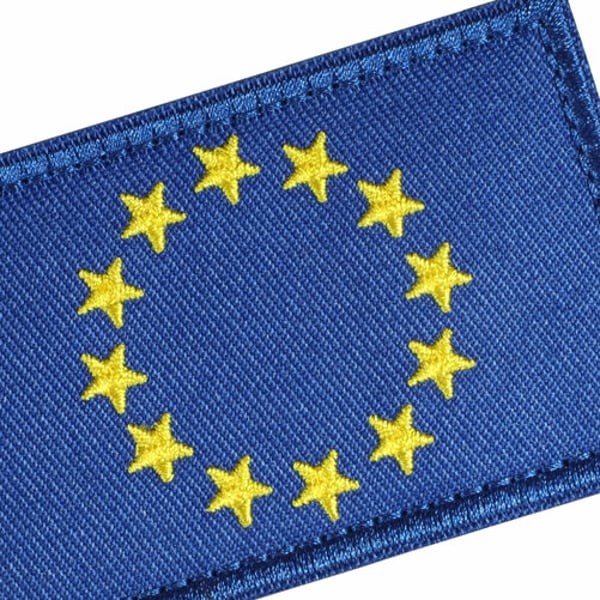By
Bloomberg
Published
July 29, 2024
Even LVMH Moet Hennessy Louis Vuitton SE, the world’s most resilient luxury conglomerate, is feeling the cold. And, as is often the case, the wind is blowing from the east.
The Paris-based owner of Louis Vuitton and Dior reported a 1% rise in second-quarter sales, which, barring the early days of the pandemic, is the lowest level of growth since the depths of the global financial crisis in 2009. Its operating margin fell.
The yen, so weak that even the nominal end of negative rates has not stopped its slide, was cited as the main culprit. Wealthy Chinese, the mainstay of luxury fashion, have been on a shopping spree in Japan to take advantage of the favorable currency exchange rate, boosting sales there by 57% while creating a slump in the domestic market. Other luxury firms, such as Switzerland’s Compagnie Financiere Richemont SA, whose stable includes Cartier and Van Cleef & Arpels, also reported abnormal growth there. For European fashion, strong sales in Japan are no boon. Yen-denominated revenues erode their top line as well as profitability because their cost base is in European currencies.
In Japan, prices are much lower. According to Bernstein Research, Tiffany, Bulgari and Chanel are about a sixth cheaper there than in China. While the Chinese have a 26% share of the global luxury market, more than a third of that amount is spent abroad. It's a double whammy, as less is spent at home, where these companies have invested heavily in a slumping economy.
But the weakening yen is not the main cause of the global luxury sector's problems. There is a much more worrying factor in Japanization: Chinese consumers are beginning to behave as the Japanese did in the 1990s. They are becoming patient and rational buyers as their economy goes through a painful property market correction. Take Tokyo after the economic bubble burst in the 1980s.
Japanese consumers could no longer afford to dress head to toe in luxury brands as they did during a boom in which the United States, not to mention Europe, seemed to be lagging behind. In this climate of humility, they embraced the concept of value for money, thus giving space for local brands to flourish. In 1998, Uniqlo shot to fame with the launch of a fleece jacket at a price well below that of Patagonia. Fashionistas also played with the combination of clothes. They wore cheap clothes from Uniqlo or Muji with a luxury handbag, which could be carried every day for many years. The proportion of handbags in total imported fashion sales rose from 26% in 1994 to 43% in 2004, according to JPMorgan Chase & Co.
This kind of style is also welcomed by the Chinese. On Xiaohongshu, a half-Instagram, half-Pinterest platform popular with young, wealthy women, video bloggers teach users how to dress like Japanese women, who look like millionaires but don’t have much money in the bank. The lessons? Hair, skin care and details matter. On the other hand, pairing a flashy Versace dress with a Chanel bag only makes one look like a dame, a derogatory term for older, rich women who have no fashion sense.
Social media and e-commerce are taking the concept of value for money to a whole new level. As European fashion remains a sign of economic success, influencers and fashionistas have taken to ordering items online, showing them off in Instagram-worthy photos or on a night out, and then returning them free of charge. Richemont’s luxury e-commerce platform, Yoox Net-A-Porter, recently pulled out of China as the online retail industry is being hit by a growing number of luxury item returns.
And good luck to brands like Burberry and Versace that send unsold items to discount channels, including private sales and outlet stores. They will have a very hard time convincing Chinese consumers to buy at full price.
Even Uniqlo, whose well-priced items have earned it millions of followers and more than 900 stores in mainland China, isn’t immune to the onslaught of canny influencers. Its owner, Fast Retailing Co., saw a “big drop in profits” in the three months ended in May, and consumers were switching to “more affordable alternatives.” One possible reason? Shoppers complained that Uniqlo’s once-frequent sales promotions were disappearing. So they gave online tips on how to find similar but cheaper items elsewhere.
It’s not uncommon to hear luxury industry executives complain about how China’s economic slowdown, President Xi Jinping’s crackdown on hedonistic lifestyles and wild currency fluctuations are affecting sales. Unfortunately, these complaints have become as tiresome as Gucci’s Mickey Mouse slippers.
By contrast, Chinese people have been buying European luxury goods for two decades and the bar for enticing them to spend has been raised. Like an earlier generation in Japan, Chinese consumers have found their own common sense and sensibility.












